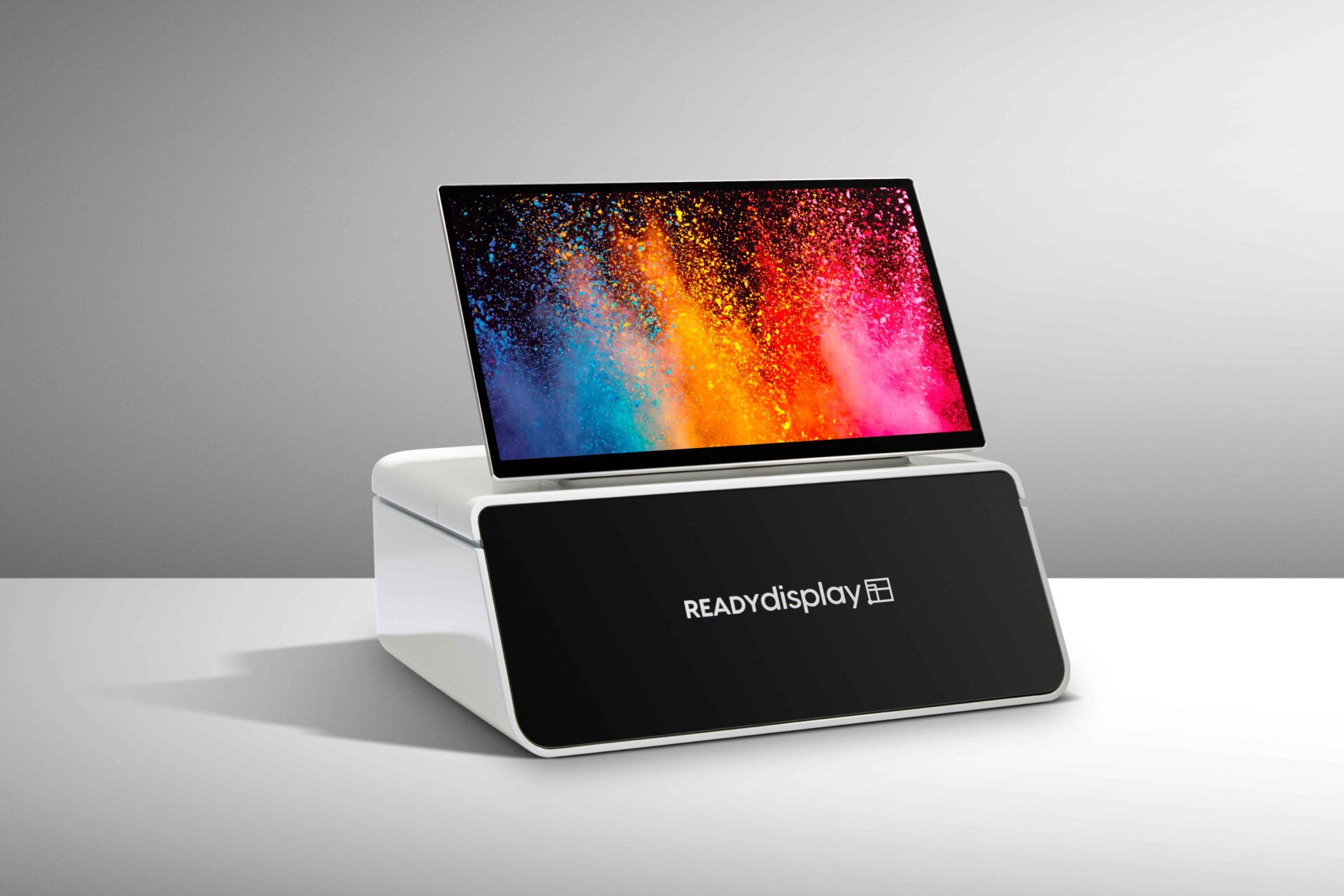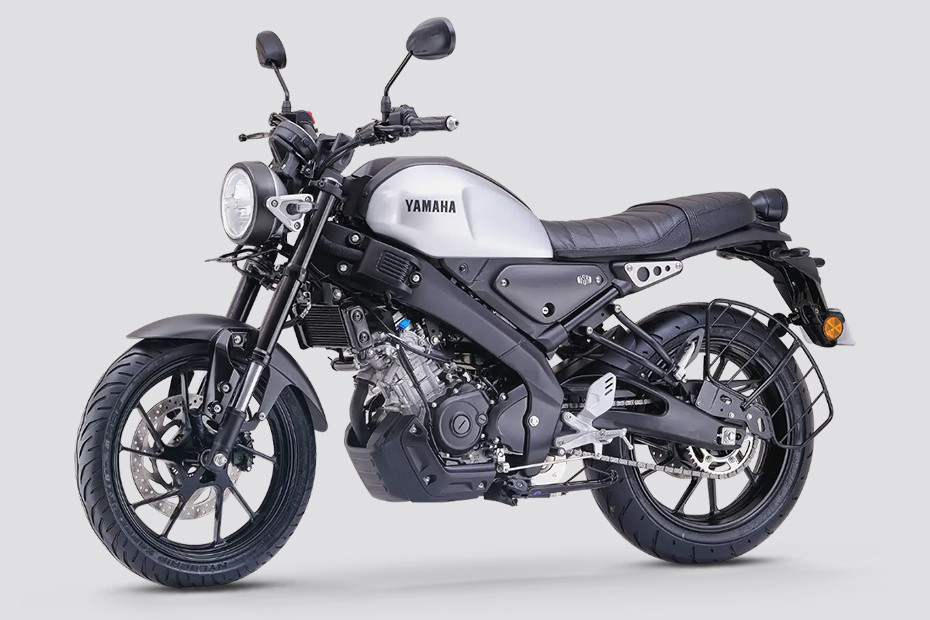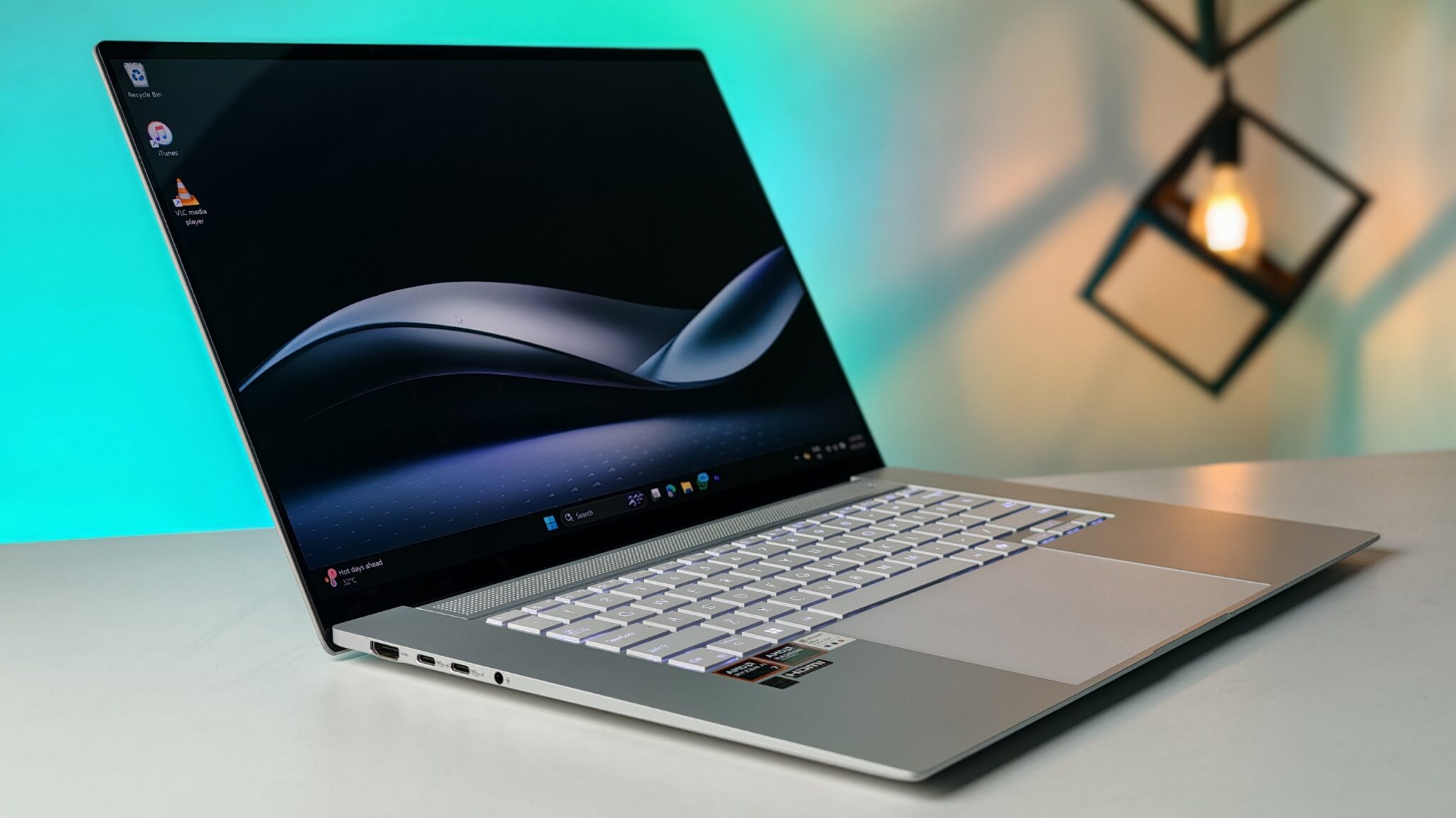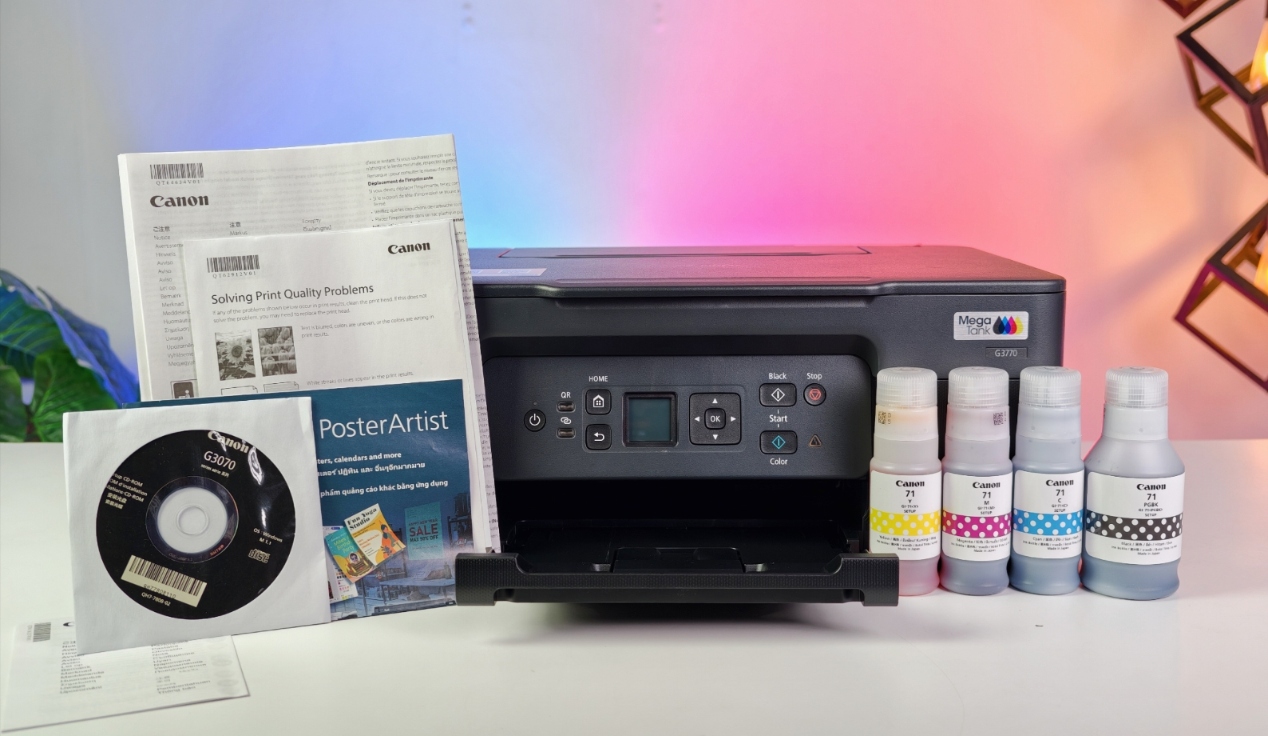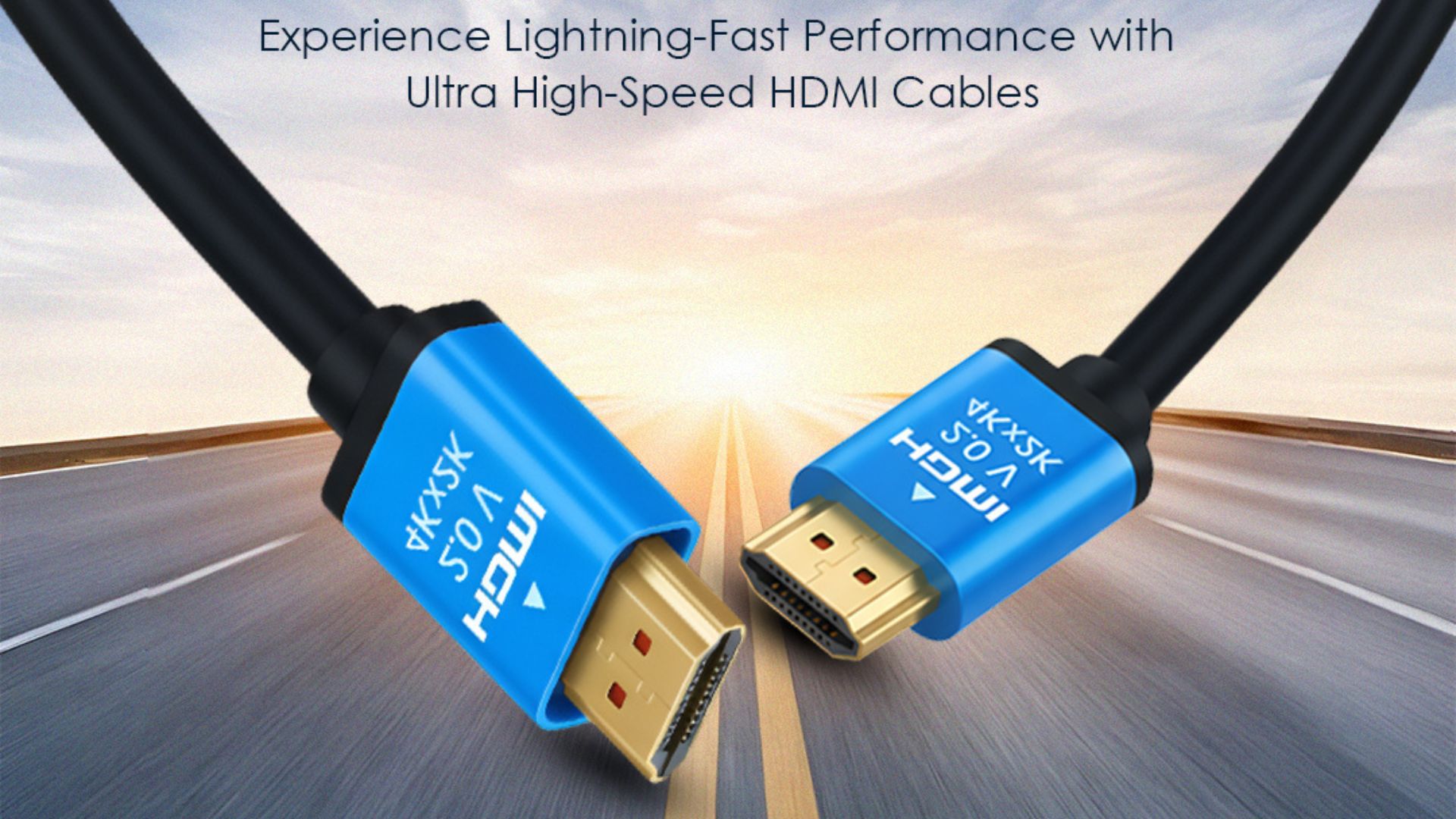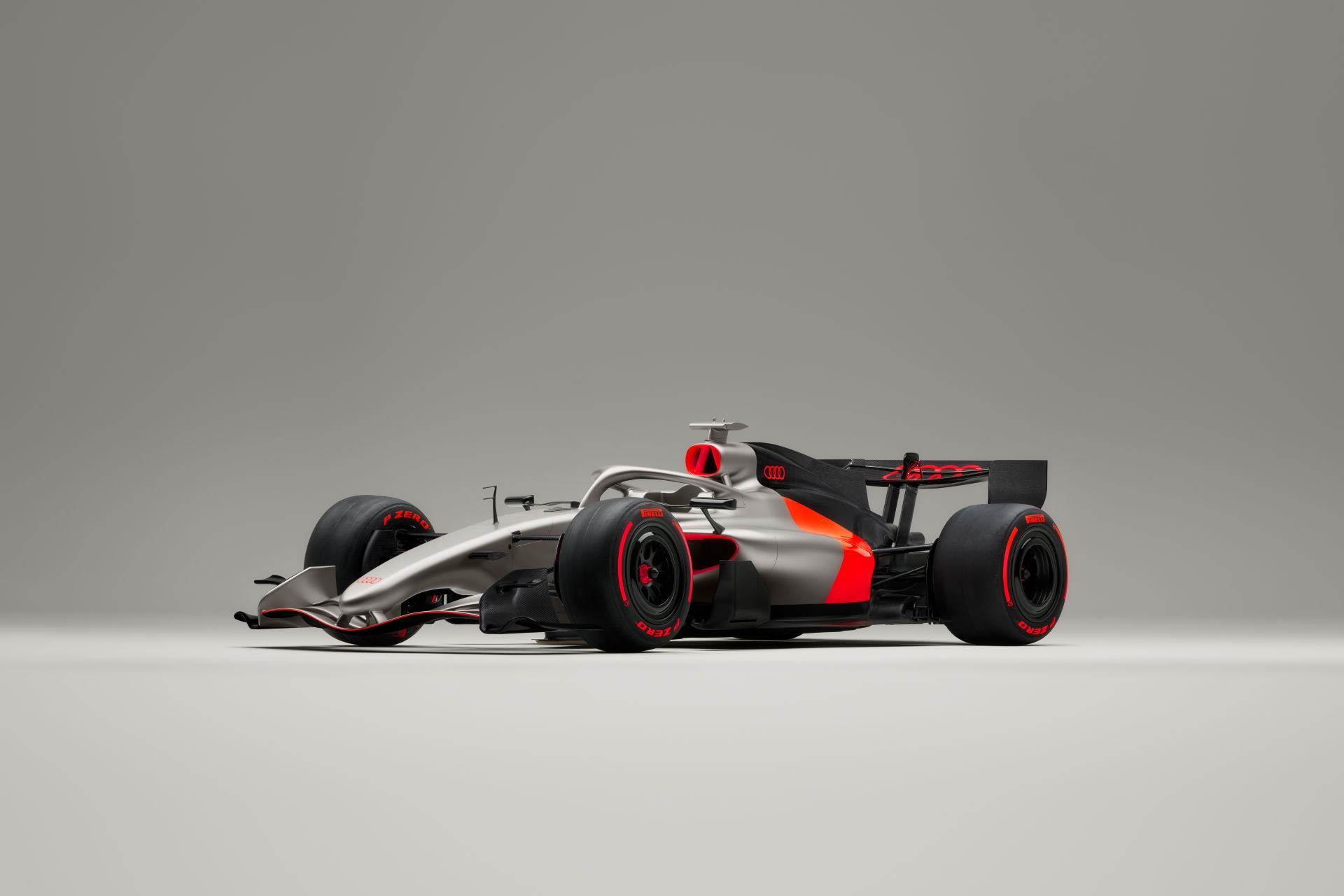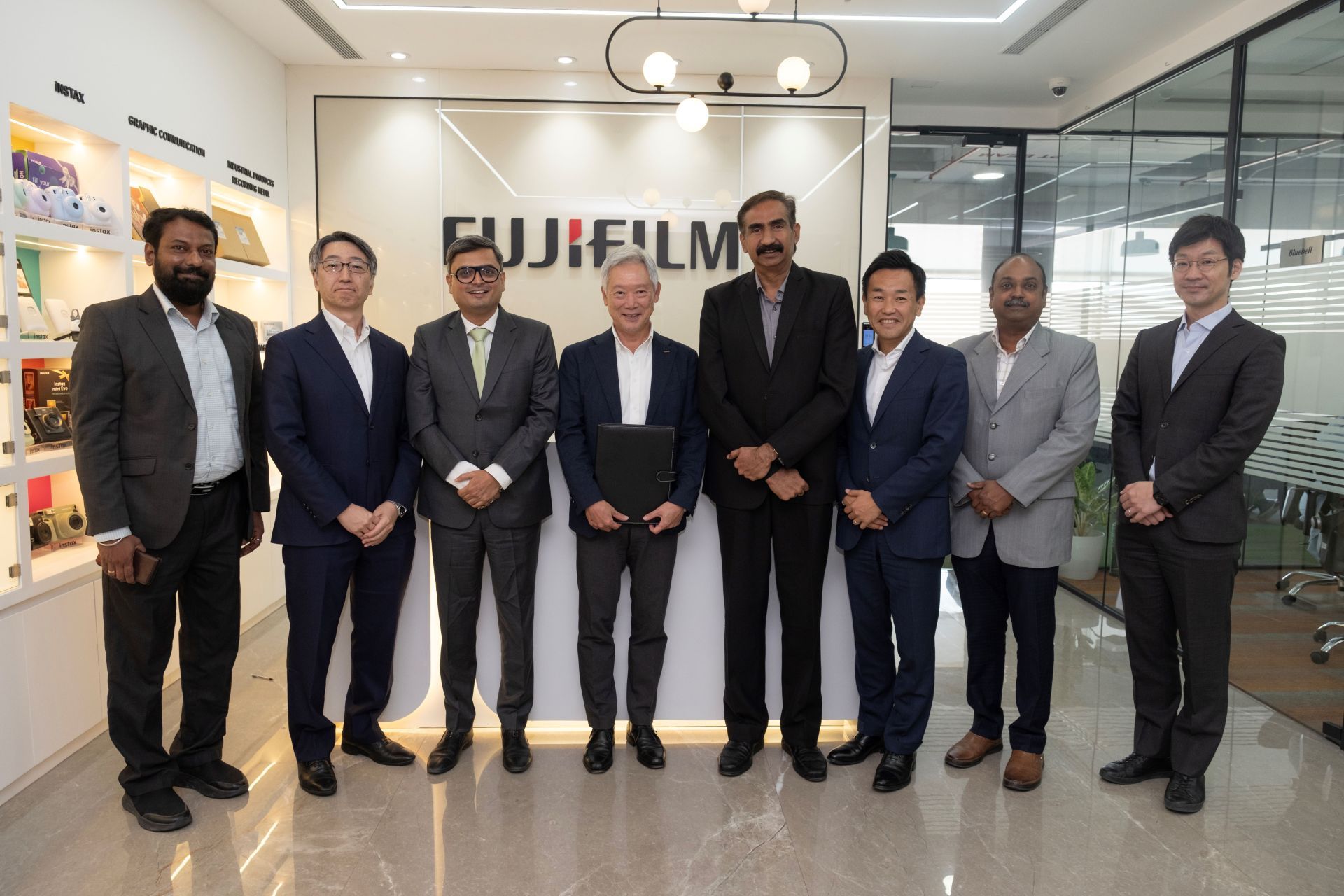HARMAN, the well known automotive technology company under Samsung Electronics Co., Ltd., announced on November 13, 2025, that its Ready Display has officially become the first in-vehicle screen to earn the HDR10+ Automotive certification. It is quite a significant milestone, not only for HARMAN but for the entire industry, since it raises the bar for what people can expect from visual quality inside a vehicle. In a way, it feels like the line between home entertainment and in-car digital experiences is getting thinner, perhaps more quickly than many of us expected.
Key Takeaways
- Industry First: HARMAN Ready Display is the first product to earn HDR10+ Automotive certification.
- New Standard: The certification sets a benchmark for cinematic, high dynamic range visual quality in vehicles.
- Adaptive Technology: Displays must include HDR10+ Adaptive capabilities to adjust brightness and color based on real-time cabin lighting.
- Technology Basis: The Ready Display is powered by Samsung’s Neo QLED technology and comes in the NQ3, NQ5, and NQ7 series.
- Joint Effort: HARMAN collaborated with Samsung and Panasonic to help shape the HDR10+ Automotive technical specification.
A New Benchmark for In-Car Visuals
As cars continue evolving into digital spaces that feel almost like rolling smart devices, people are expecting a lot more from the screens in front of them. That is where the new HDR10+ Automotive specification, created by HDR10+ Technologies LLC, steps in. It provides a formal standard for bringing true High Dynamic Range content into the vehicle environment. HDR, compared with the older Standard Dynamic Range format, offers a wider span of brightness levels, richer colors, and deeper blacks. In everyday use, these improvements make images appear closer to what we actually see in the real world.
To reach this new certification level, HARMAN’s Ready Display went through a series of demanding tests. The evaluations ensure the screen can deliver vivid, cinema-like images with consistent accuracy in brightness and color, even when the lighting inside a car changes minute by minute. Anyone who has driven from bright sunshine into a dim parking garage knows how tricky those transitions can be. A display needs to handle extreme variations, from harsh glare to nighttime city reflections, without losing clarity.
One of the central requirements is HDR10+ Adaptive support. This feature relies on intelligent processing algorithms that adjust contrast, brightness, and color in real time. It continuously evaluates the ambient light inside the vehicle. So if someone is watching a movie in the back seat or a driver is following navigation instructions, the display remains readable and visually stable instead of looking washed out, overly dim, or too intense.
HARMAN’s Technological Edge
The Ready Display lineup, which includes the NQ3, NQ5, and NQ7 models, is built on Samsung’s Neo QLED technology. This is a combination of Mini LED backlights with precise local dimming zones and a Quantum Dot layer. Together they help produce very high brightness levels and deep blacks, which are essential for delivering true HDR. This matters even more inside a car, where sunlight and reflections can otherwise compromise visibility.
Shilpa Dely, Vice President and Ready Display Business Lead at HARMAN International, explained that achieving the first-ever certification supports the company’s vision of bringing the comfort of a living room viewing experience into the vehicle. It also provides automakers with a reliable way to differentiate their cars by offering a premium, world class digital cabin environment that aligns with growing consumer expectations around entertainment and safety.
These benefits go beyond back seat entertainment use cases. The improved clarity and dynamic consistency are equally important for navigation and other safety related visuals. A display that remains legible with reduced eye strain helps drivers stay attentive, which is particularly valuable on long trips or complex routes. By narrowing the long standing performance gap between automotive displays and consumer electronics, HARMAN is setting the stage for more immersive and intelligent in-cabin experiences in the years ahead.
Related FAQs
Q1. What is the difference between HDR10 and HDR10+?
A1. HDR10 uses static metadata, meaning a single set of brightness and color instructions applies to an entire video. HDR10+ is an upgraded format that uses dynamic metadata. This allows the display to adjust brightness and contrast on a scene-by-scene or frame-by-frame basis, offering a more precise and consistently optimized image quality.
Q2. What is High Dynamic Range in a car display?
A2. High Dynamic Range for car displays is a standard that allows the screen to show a much greater range between the darkest black and the brightest white, along with more vivid colors. In a vehicle, this helps ensure details remain visible even when lighting changes rapidly, such as when moving through tunnels or driving in direct sunlight.
Q3. How does HDR10+ Adaptive technology work in a car?
A3. The HDR10+ Adaptive feature uses light sensors in the cabin to measure the ambient light in real time. It then adjusts the display’s brightness and contrast automatically so the image remains consistent and clear. This helps prevent washed out visuals in bright conditions or overly intense brightness when driving at night.


